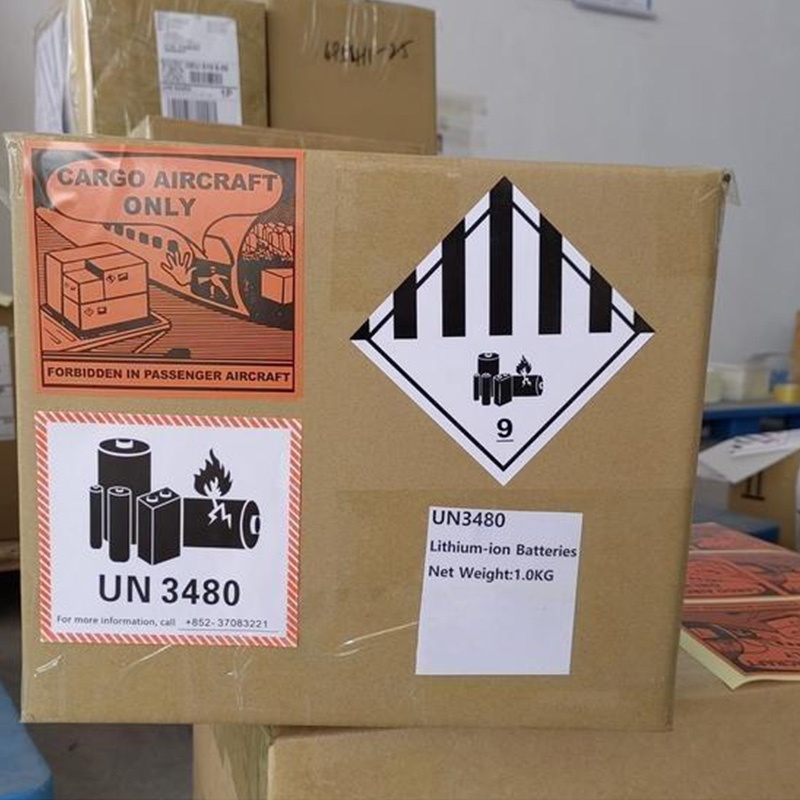The Information And Packaging Requirements For Exporting Batteries, What Do I Need To Pay Attention To Batteries Exporting?
The Information And Packaging Requirements For Exporting Batteries
What Do I Need To Pay Attention To Batteries Exporting?
1. Information required for battery exporting
1) MSDS report, which is a comprehensive regulatory document on the characteristics of chemicals provided by chemical production, trade and sales enterprises to downstream customers and the public in accordance with legal requirements.
2) Identification of conditions of transportation of goods. The appraisal of the conditions of transportation of goods is based on domestic and foreign regulations and standards on the transportation of dangerous goods, and the appraisal and recommendations on the safety of transportation of goods.
3) Dangerous package certificate. Dangerous package certificate mainly contains 2 aspects, performance certificate and use certificate. Performance certificate is relatively simple, generally provide the packaging of regular manufacturers can be issued; use of the more complex certificate to use the performance certificate to the production of dangerous goods factory to apply for the local Commodity Inspection Bureau. (Except for general packages)
4) Export customs declaration information. A complete set of customs declaration information are: customs declaration, packing list, invoice, customs declaration power of attorney, sales contract, declaration elements.
2. The international express packaging requirements for pure batteries shipping:
1) Any pure battery items, need to be box-in-box packaging;
2) The outer box of the package must be affixed with a battery label in line with aviation standards;
3) The internal packaging needs to be filled, in the transportation process box shaking can not have sound;
4) The inner box can only contain a maximum of 2 pure battery items, and the weight of a single package should be within 10kg;
5) Invoice or waybill number, need to indicate the basic information of the battery items, such as battery model, battery mAh, battery power, etc.;
6) Others items with different types of batteries cannot be mixed.
3. The battery export precautions
1) Lithium batteries are packed and transported as independent goods, lithium batteries must be packed and transported in the form of separate items (bulk/collection).
2) General cargo and batteries need to be loaded in separate boxes, can not be mixed, can be the same ticket out.
3) For battery export, the packing box should be strong and can pass 1.2M drop test, and at the same time will not damage the battery, will not move the internal objects, will not let the internal objects exposed.
4) Lithium batteries should be loaded on pallets to avoid strong vibration during transportation, and the vertical and horizontal edges of the pallets should be protected by corner protectors.
5) The inner package of the large battery must be isolated with foam.

 English
English
Custom 24V Lithium Battery Pricing
The price variation for custom 24V lithium batteries fundamentally stems from “base cost + functional cost + customization cost + compliance cost.”
Read MoreCustomized 48V Lithium Batteries: High Demand in Three Key Industries
Large medical carts, portable testing instruments, and other equipment require a 48V battery to provide stable power, while also complying with the ISO 13485 medical standard to avoid electromagnetic interference affecting device accuracy.
Read MoreIEC 62619 Safety Testing Standard for Energy Storage Batteries
In addition to covering traditional tests included in existing lithium battery standards, such as electrical tests, thermal tests, and mechanical tests, the new standard introduces dedicated sections to assess the Battery Management System (software evaluation).
Read More